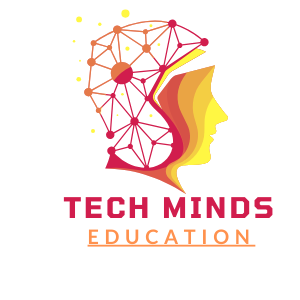Course Overview
What you’ll learn.
1.AWS : Introduction Of Cloud Computing.
- Aws: Introduction
- Aws Instance(Virtual Service)
- Paas Related Elasticbeantalk
- Cloud Storage
- IAM
- EBS, ELB
- S3
- VPC In Depth
- Cloudwatch
- RDS
- Route53
- Deploying, Automating, Maintaining And Managing Deployments From Development To Production
2.DevOps:
- DevOps Lifecycle – Application Focus
- DevOps & Agiles
- Continuous Integration, Continuous
- Delivery/Deployment And Agile Practices
- Terraform Introduction For AWS Cloud Automation Terraform Cloud Formation For AWS Load Automation
- Configuration Management Tools Such As Chef, Puppet Or Ansible
- Version Control System = Git & GitHub
- Build Tools | Build & Test (Java, Jason Format) Code = Maven, /NANT, /ANT /MSBUILD
- Jenkins As A Build Server
- Jenkins Jobs | Build, Test, Deploy, Notify
- Jenkins Master/Slave, Nexus, SonarQube
- Docker Introduction Understanding And Implementing Containers Volumes, Network, Logs Etc.
- Docker Images & Hands-On With Docker Desktop
- Kubernetes Introduction Kubernetes Setup For Production Environment Kubernetes Objects Likes Pods, Services, Controllers, Deployment
- Kubernetes Replication, Auto-Scaling, Resource Quotas, Secret, Config-Map, Namespace.
3.Monitoring, Log Management, And Data Visualization
- Deployment Of Instances Using Virtualization Technologies Like VMware, Eucalyptus, KVM, Open Stack(Any One)
- The Big Picture: Monitoring
- Hands-On Monitoring Tools
- The Big Picture: Log Management
- Data Visualization: Grafana
4.Understand Networking
- The Big Picture: DevOps And Networking
- The OSI Model – The 7 Layers
- Network Protocols
- Network Automation
5.Store & Protect Your Data
- The Big Picture: Data Management
- Data Services
- Backup All The Platforms
- Hands-On Backup & Recovery
- Application Focused Backups
- Disaster Recovery
- Data & Application Mobility
6.Microsoft Azure
- Microsoft Azure Fundamentals
- Microsoft Azure Security Models
- Microsoft Azure Compute Models
- Microsoft Azure Storage & Database Models
- Microsoft Azure Networking Models + Azure Management Microsoft Azure Hands-On Scenarios
7.LINUX MODULES
- LINUX BASICS
- INSTALLATION
- QUICKSTART
- FILES & FILE SYSTEM
- PROCESSES
- I&O REDIRECTION
- COMMUNICATION IN LINUX
- PRINT & EMAIL
- TEXT EDITORS
- LINUX VIRTUAL TERMINALS
- LINUX ADMINISTRATION


